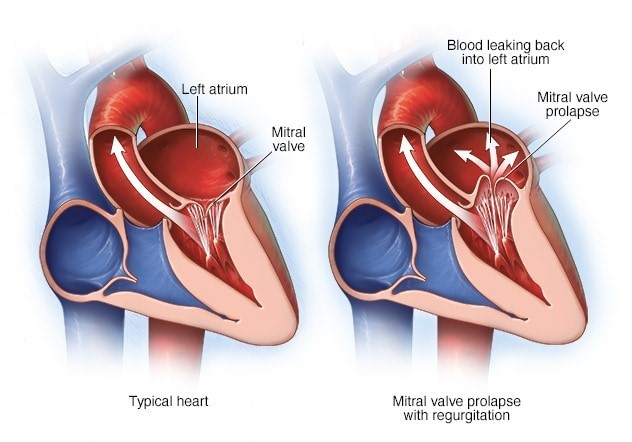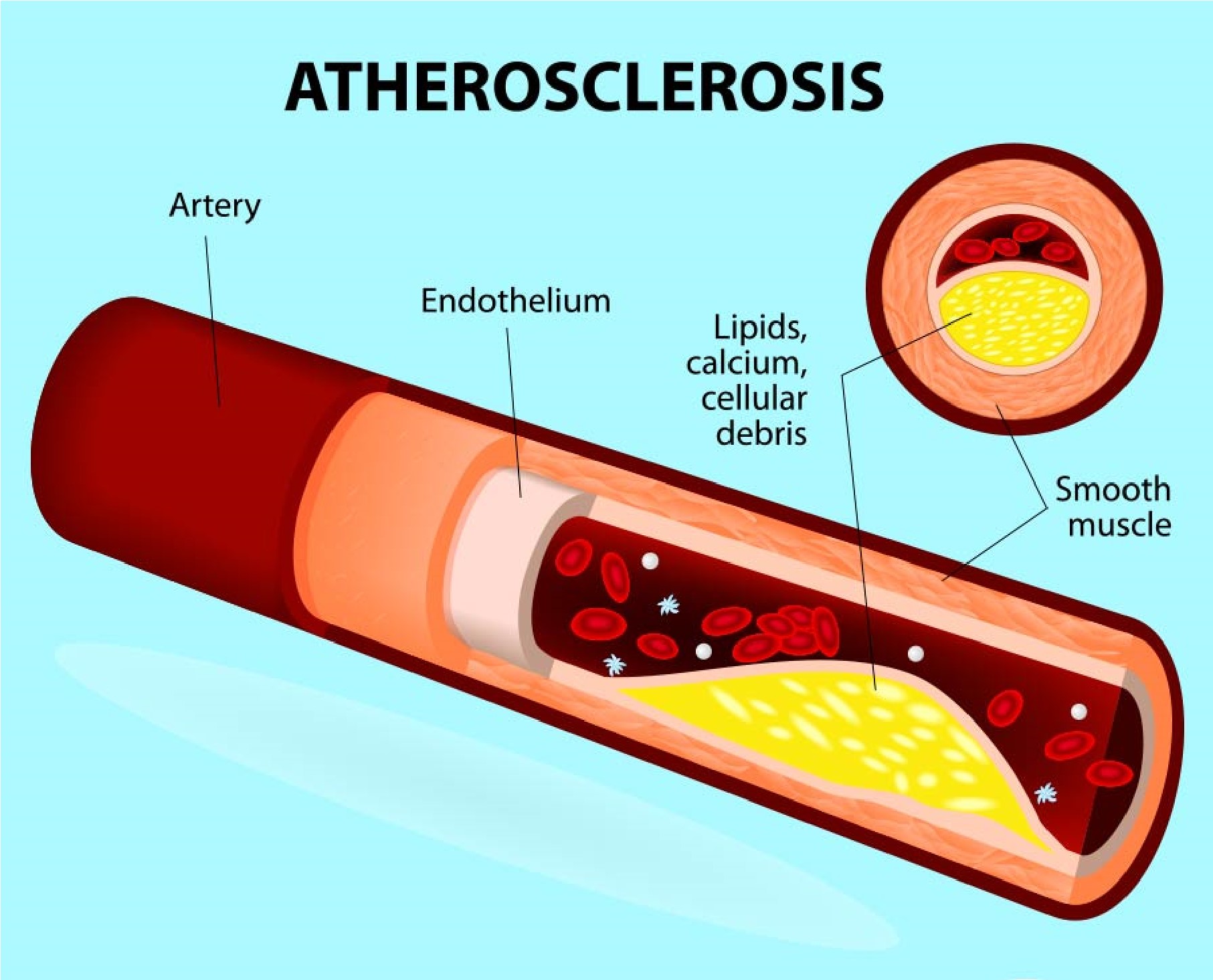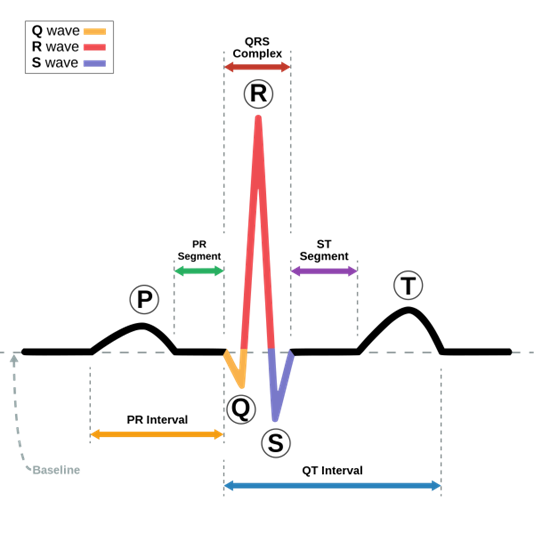Patient was diagnosed with mitral stenosis. As a result the nurse realizes that the patient has incomplete emptying of the
Right atrium
Right ventricle
Left atrium
Left ventricle
The Correct Answer is C
Mitral stenosis refers to a narrowing of the mitral valve, which is located between the left atrium and the left ventricle. This narrowing can cause incomplete emptying of blood from the left atrium into the left ventricle during diastole (relaxation phase) of the cardiac cycle. This can lead to increased pressure in the left atrium and pulmonary circulation, causing symptoms such as shortness of breath, fatigue, and pulmonary con

Nursing Test Bank
Naxlex Comprehensive Predictor Exams
Related Questions
Correct Answer is C
Explanation

Atherosclerosis is a condition where the walls of the arteries become thick and hard due to the accumulation of fatty deposits, cholesterol, and other substances. Over time, these deposits can build up and narrow the arteries, reducing blood flow to the heart muscle. This can lead to the development of coronary artery disease, which is a condition where the heart muscle does not get enough oxygen and nutrients to function properly. The narrowing of the arteries can also increase the risk of blood clots, which can lead to a heart attack or stroke.
Myocarditis is an inflammation of the heart muscle, usually caused by a viral infection, and is not the most common cause of coronary artery disease.
Hypoglycemia is a condition where the blood sugar level is too low, and it is not directly related to the development of coronary artery disease.
Vasospasm is a sudden constriction of a blood vessel, which can lead to reduced blood flow and tissue damage. It can contribute to the development of coronary artery disease, but it is not the most common cause.
Correct Answer is C
Explanation
In the normal electrocardiogram, the PR interval represents

The PR interval represents the time from the onset of atrial activation to the onset of ventricular activity. During this time, the electrical impulse travels through the atria, the atrioventricular (AV) node, and the bundle of His before entering the ventricles and initiating ventricular depolarization. Option A is incorrect because the atrial depolarization is represented by the P wave. Option B is incorrect because the ventricular depolarization is represented by the QRS complex. Option D is incorrect because there is no such term as “electrical systole” of the ventricles in ECG interpretation.
Whether you are a student looking to ace your exams or a practicing nurse seeking to enhance your expertise , our nursing education contents will empower you with the confidence and competence to make a difference in the lives of patients and become a respected leader in the healthcare field.
Visit Naxlex, invest in your future and unlock endless possibilities with our unparalleled nursing education contents today
Report Wrong Answer on the Current Question
Do you disagree with the answer? If yes, what is your expected answer? Explain.
Kindly be descriptive with the issue you are facing.
